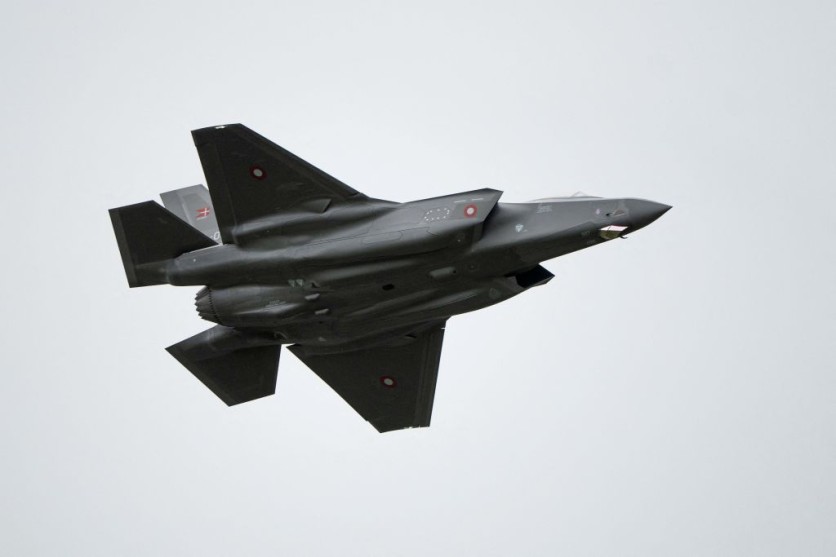
Many nations' air arsenals will use the F-35 Lightning II as the US leads the way. Even though the F-22 is devastating, the F-35 has emerged as one of the most advanced combat aircraft.
Despite recent reports of F-35 training in South Carolina, its history is far longer. Lockheed Martin participated in the 1997 Joint Strike Fighter design competition when this 21st-century fighter was born.
Green Light for F-35 Lightning II Full-Rate Production
The F-35 Lightning II development expedition began with the X-35A prototype's maiden test flight on October 24, 2000. In 2001, the X-35B vertical landing prototype hovered. These successful test flights helped Lockheed Martin win the F-35 Lightning II contract and eventually, the US Air Force adopted it in 2011.
According to a report from NBC News, a Government Accountability Office review projects that the US Department of Defense will spend $1.7 trillion on F-35 procurement, operation, and maintenance. Procurement costs alone rose $13.4 billion from the 2019 projections.
A series of postponed simulated combat assessments for the F-35 Joint Strike Fighter has concluded, marking a milestone in its initial operational testing and full-rate production approval, Breaking Defense reported. The 64 "runs-for-score," or combat trials, were completed on September 21, according to F-35 Joint Program Office spokesperson Russ Goemaere.
After delays in concluding these F-35 Lightning II trials, the program has remained technically in its first operational testing phase with low-rate beginning production for a long time despite producing over 900 F-35 combat aircraft.
The F-35 Lightning II stealth fighter's combat trials were delayed by technological issues and pandemic-related disruptions to the program's virtual Joint Simulation Environment (JSE).
What Makes the F-35 Lightning II Special
The F-35 can efficiently do lots of stuff, per Slash Gear. Though not the fastest fighter jet, the F-35's stealth capabilities are unmatched. Lockheed Martin claims the F-35 avoids radar and SAMs, but details are confidential.
F-35 outperforms the F/A-18 Super Hornet and Eurofighter Typhoon with 43,000 pounds of power from one Pratt & Whitney turbofan engine. Though the F-35 Lightning II flies slower than its predecessors, it still exceeds Mach 1.6.
Nevertheless, its weapons capabilities make up for the very slight disadvantage of its speed. The F-35 can carry lots of armaments while flying beneath the radar. It can hold 18,000 pounds of JDAM bombs, AIM-9 Sidewinder missiles, and a 25-millimeter internal gun. Recent testing shows it can carry 22,000 pounds of weaponry. Given its classified combat skills, more may be revealed sooner or later.
The F-35 can also disrupt signals and incapacitate enemy equipment in addition to its core combat tasks, making it a powerful tool in modern warfare.
Moreover, All three F-35 versions are built for distinct combat scenarios and military branches. The F-35A can fly on runways, the F-35B can vertically take off and land, and the F-35C is the first carrier-based stealth fighter.
These F-35 Lightning II characteristics will redefine air superiority. As it further improves, it is expected to surpass expectations in the military tech field.
Related Article: NATO Exercise Sees First Torpedo Drop From Unmanned Electric Aircraft, Marking Significant Milestone in Naval Drone Tech

ⓒ 2025 TECHTIMES.com All rights reserved. Do not reproduce without permission.




